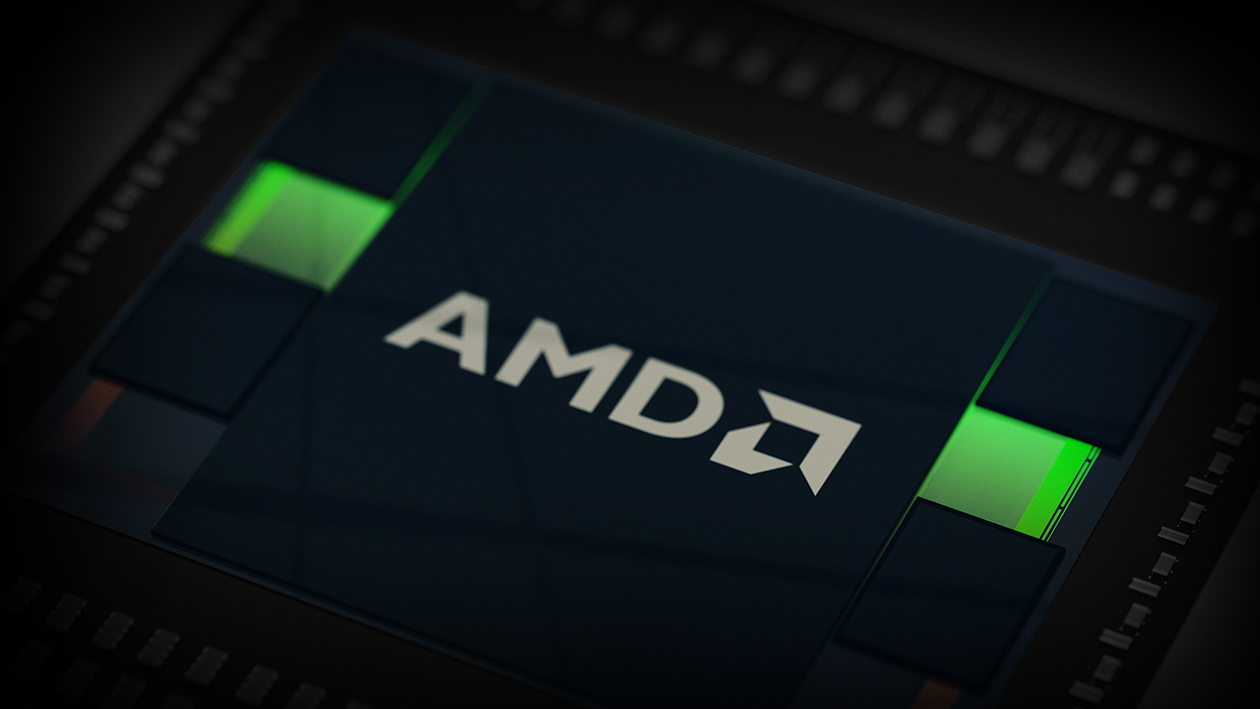by Brian S. Wesbury – Chief Economist & Robert Stein, CFA – Deputy Chief Economist, First Trust Portfolios
We have used the word “unprecedented” to talk about the economy during and after COVID. We have never before locked down economic activity, while printing trillions of new dollars to help finance trillions of extra government borrowing to pay people not to work. But now, it’s all over…the Federal Reserve has lifted rates, M2 is falling, and we’ve stopped paying people not to work.
We can’t look at history for help, we’ve never done this before. At the same time, we cannot see a way to avoid paying a price for these policies…a recession seems almost inevitable. But after Friday’s employment report, and the new fascination with Artificial Intelligence (AI), the markets are acting like everything is perfectly fine.
The S&P 500 jumped 1.5% on Friday and is now up 11.5% this year after a strong headline jobs report with signs of moderating wages. Nonfarm payrolls increased 339,000 in May and the US has added 1.57 million jobs this year, a 2.5% annualized growth rate. In the past year, total jobs have increased 2.7%.
One would think that with 2.7% more people working the economy would grow by at least that much, yet, real GDP is only up only 1.6% over the past year and rose just 1.3% at an annualized rate in the first quarter. In other words, productivity is falling. At the same time that AI is making so many people think technology will lift profits and economic activity, the actual data on the economy say the US economy is pumping the brakes.
For seven months in a row the ISM manufacturing index has been below 50, meaning contraction. Gross Domestic Income (GDI) has declined for two quarters in a row and is down 0.9% in the past year. GDI is often overlooked, but it shouldn’t be.
What is GDI? It’s the other side of the GDP accounting sheet. GDP measures what is spent, on construction, imports, consumption, and investment,…etc. But every dollar that is spent can also be thought of as income/revenue to someone else. Technically, GDI and GDP should equal, but income is measured with a different set of statistics, and the US economy is huge and diverse, so the numbers don’t always add up.
While real GDP rose 1.3% at an annualized rate in the first quarter of 2023, real GDI fell at a 2.3% annualized rate, the second consecutive quarterly decline. We don’t think this is impossible to understand. During COVID, Amazon doubled its workforce (from roughly 800,000 employees to 1.6 million). Its business model was made for COVID, delivering things directly to people’s homes. Jobs in transportation and warehousing jumped 9.0% in 2021 and 8.4% in 2022 and are today well above pre-COVID levels.
The real pain of lockdowns fell on the services sector, specifically hotels, restaurants, and bars. Jobs in the leisure & hospitality industries today are still lower than pre-lockdown levels by roughly 350,000. More importantly, if COVID had never happened, we would have seen more growth in the number of restaurants and bars, etc. In the three years prior to lockdown, leisure & hospitality jobs rose by about one million. But, now that pandemic unemployment benefits have ended, these jobs are picking up. In the first five months of 2023, leisure & hospitality jobs have risen at a 4.2% annualized rate, while transportation & warehousing jobs have grown at half that rate, 2.1% annualized.
So, while it may appear that wages are slowing, it is really the mix of jobs, back toward lower hourly pay positions (but with more earnings from tips) that is changing. In other words, the economic data are not as clear as many seem to think.
Now that we are getting back to pre-COVID levels it is hard to imagine where more growth will come from. If people normally go to three baseball games or two movies a year, they aren’t likely to double down to make up for what they missed during COVID.
In other words, the economy may be finally seeing the end of COVID distortions, but the data suggest that growth is getting a lot harder to come by. Many companies have likely been hoarding workers and if GDI is sending the correct signals this can’t last.
We still expect a recession starting sometime in the next twelve months, but with productivity falling that recession may not be the long-term fix for inflation that many seem to believe. This is hard for us to say, but the market seems to be ignoring a whole lot of economic problems and pain that aren’t really that hard to see.
Brian S. Wesbury – Chief Economist
Robert Stein, CFA – Deputy Chief Economist
Click here for a PDF version
Copyright © First Trust Portfolios














